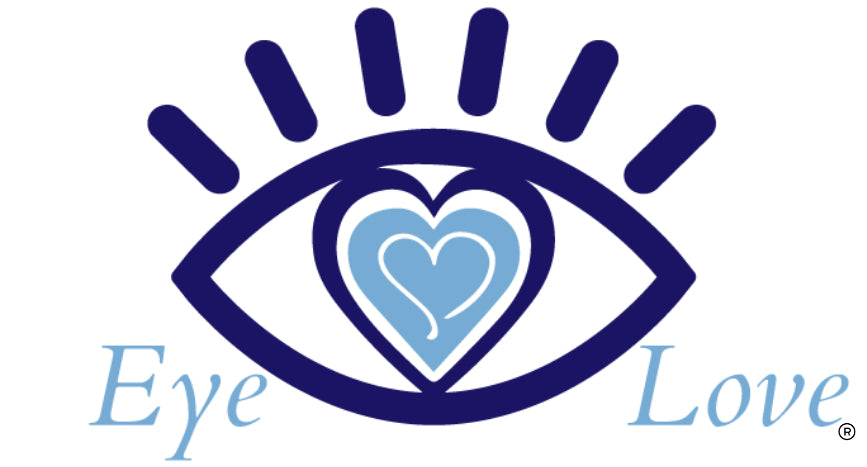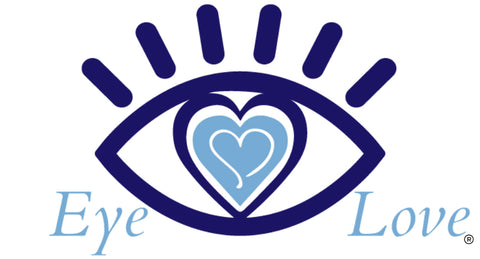Keeping it Simple in the Treatment of Dry Eyes
While reading about dry eye, one will come across the phrase “Dry eye is a multifactorial ocular surface condition” enough times that you start to roll your eyes when you come across it. I like to explain my approach to dry eye to my patients using more common/everyday terms.
I begin by asking my patients when they feel like their eyes are the most dry. The patient’s answer will give me more information about our next step. Are they dry at night? Perhaps the patient doesn’t have complete lid closure or sleeps with a fan on. Are they dry in the afternoon? We should determine if the patient uses the computer throughout the day or has an occupation that may cause increased dryness. Are they dry at night? Maybe the patient has contacts that become uncomfortable after 8 hours of use.
There are also patients that do not know they are suffering from dry eye. These patients often come in feeling no discomfort with their eyes, but have vision problems. Common complaints are blurry vision while at the computer, glare while driving at night, and improved vision with blinking. In these cases, the patient does not have a uniform tear film, causing dry areas on the eye, which, in turn lead to reduced vision quality.
My next step in my treatment approach is to determine the underlying cause of the dryness. I break the patients into two groups: one that does not produce enough tears, and one that does not produce the right type of tears. Patient history and ocular signs help me make this diagnosis. For example, patients that do not produce enough tears will have dry areas appear during testing. Patients that do not produce the right type of tears will often have crusty lids or unhealthy oil glands along the eyelid.
This leads us to the treatment of dry eyes. For patients that do not produce enough tears I start them out with artificial tears four times a day. To make it easy to remember I remind my patients to take them when they wake up, lunchtime, dinnertime, and again before bed. If the patient has dryness when they wake up, I recommend an ointment or gel tears at night. For severe cases, I consider prescribing Restasis or Xiidra, which are the only prescription eye drops for dry eye.
Patients that do not produce the right type of tears need to be treated differently. I find that getting the oil glands functioning again helps immensely. For some patients, warm compresses and eyelid scrubs are enough to get their lids back in shape. For others, I prescribe oral medication along with a topical solution.
I find that each patient should be treated individually. It helps to tailor treatment to each patient’s needs, goals, and lifestyles. In the end I look to make my patients happy.
One Love,

Dr. Koerner practices in Columbia, SC at America’s Best Contacts and Eyeglasses on Forest Drive. He relishes spending his free time enjoying the outdoors with his wife, Danielle. Click here to follow Dr. Koerner on Facebook!





